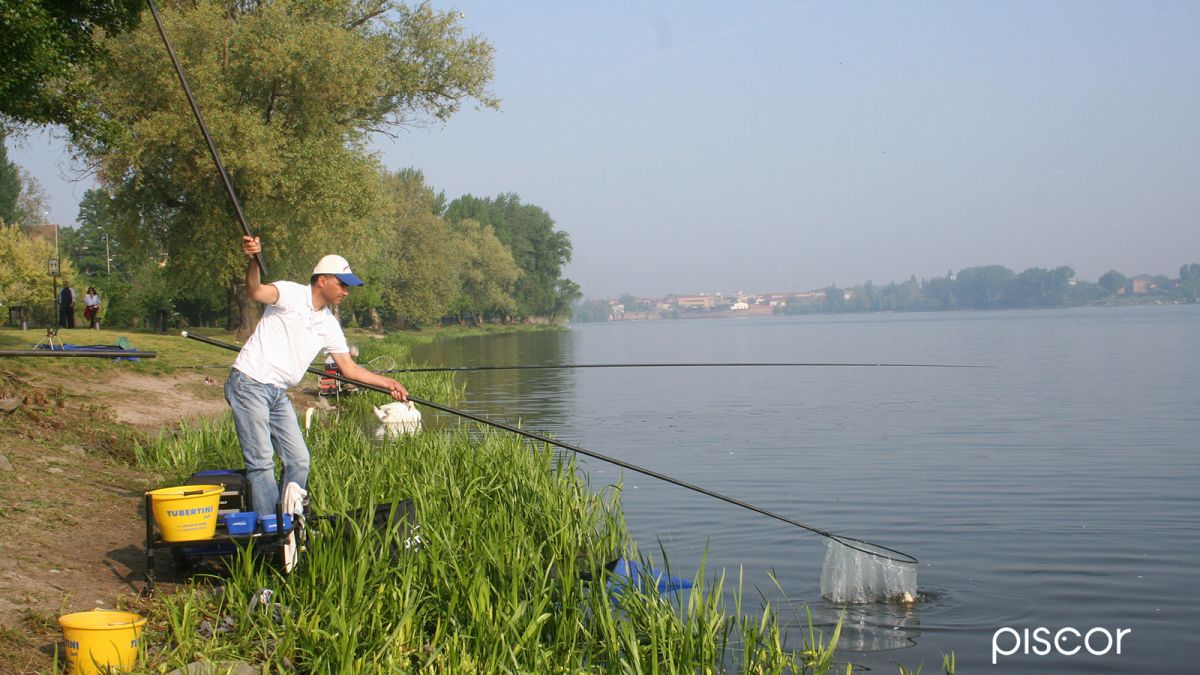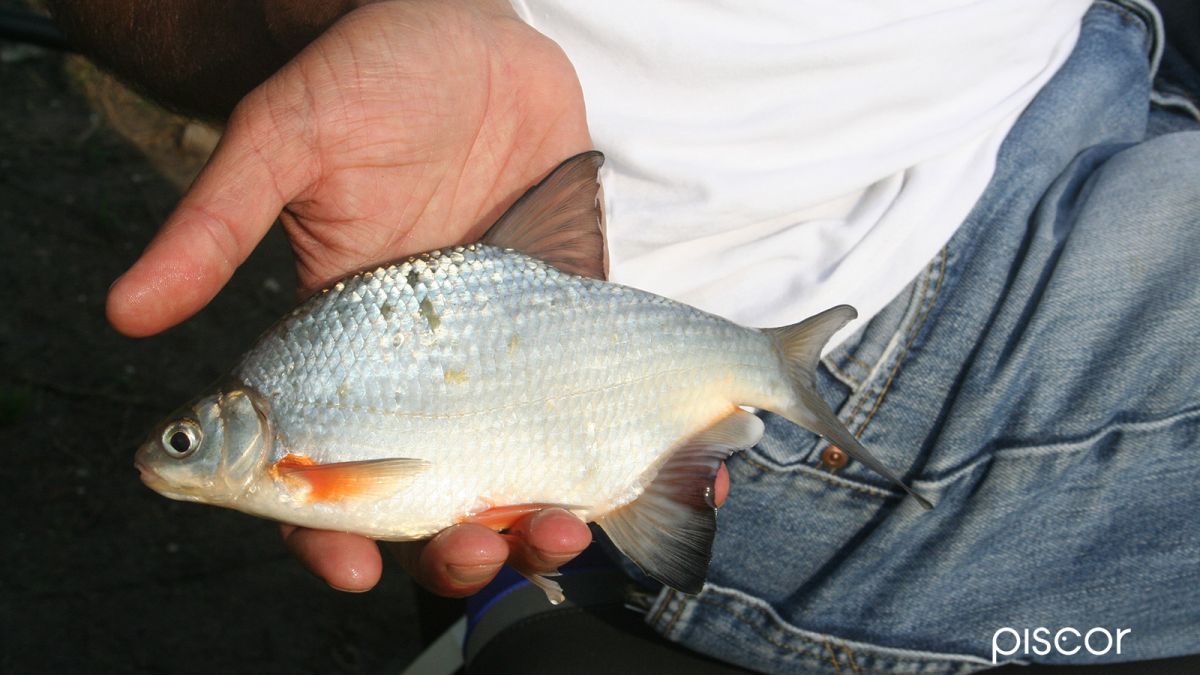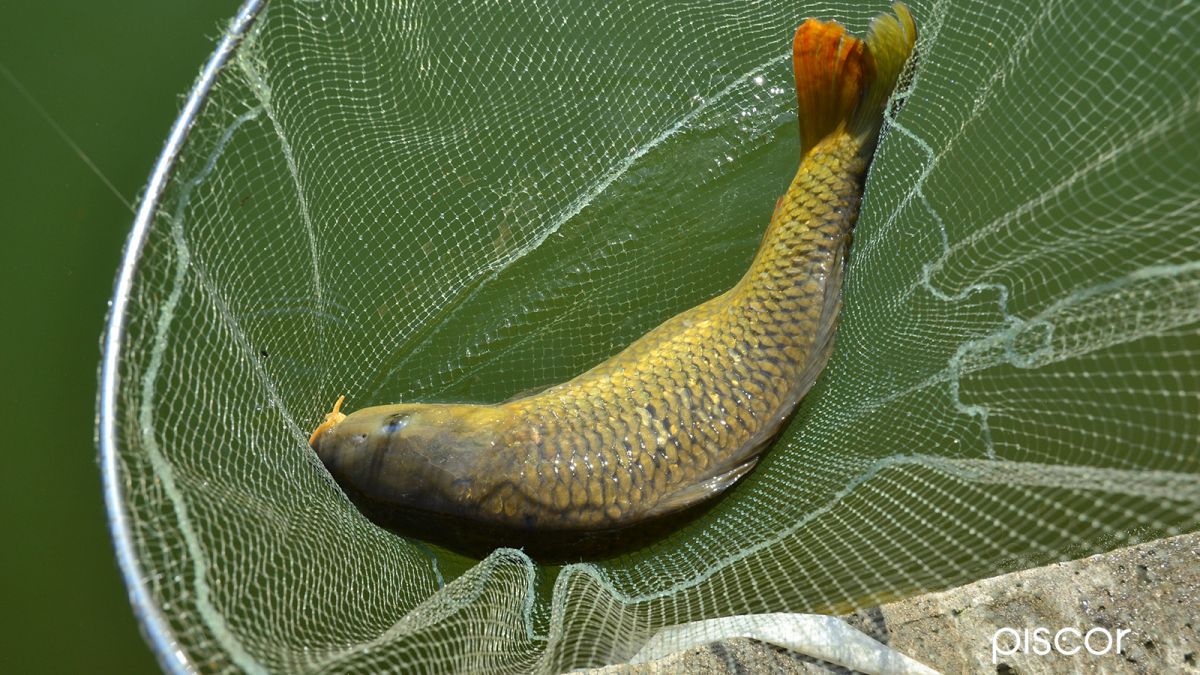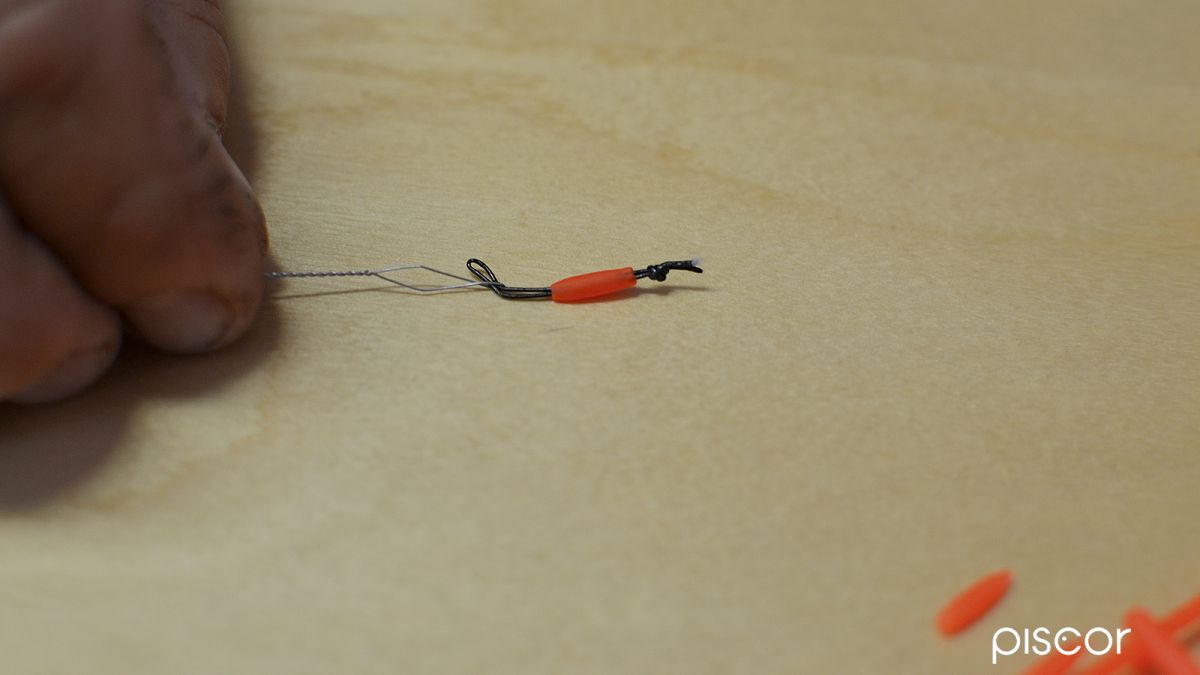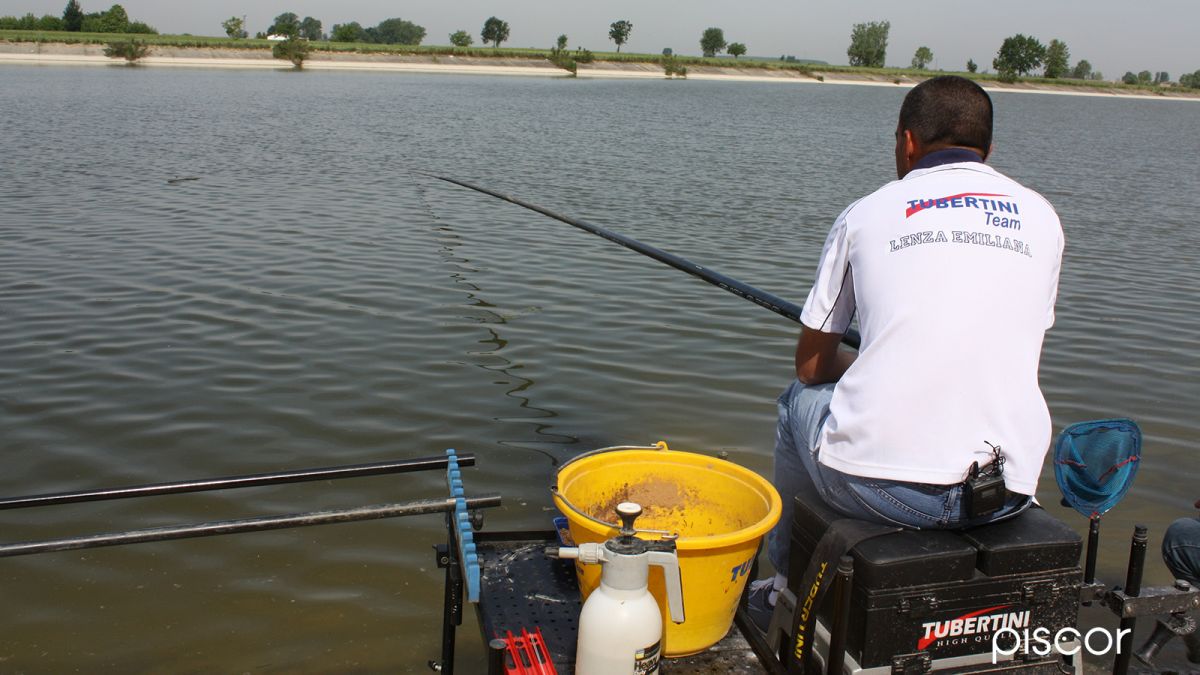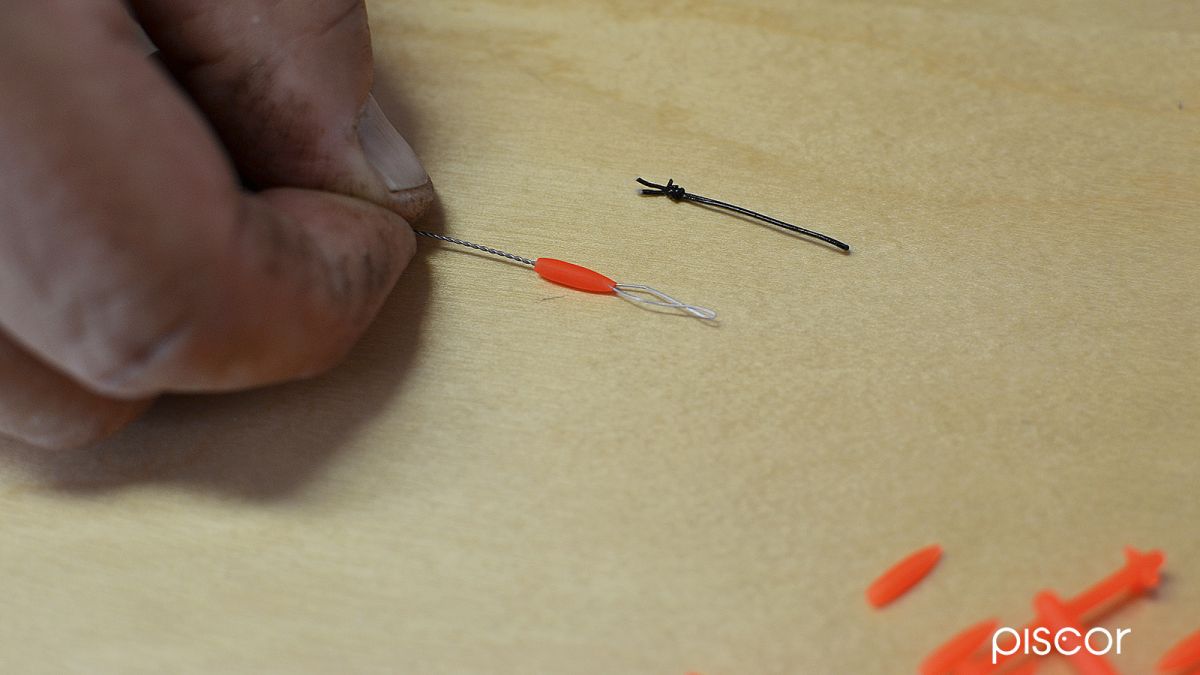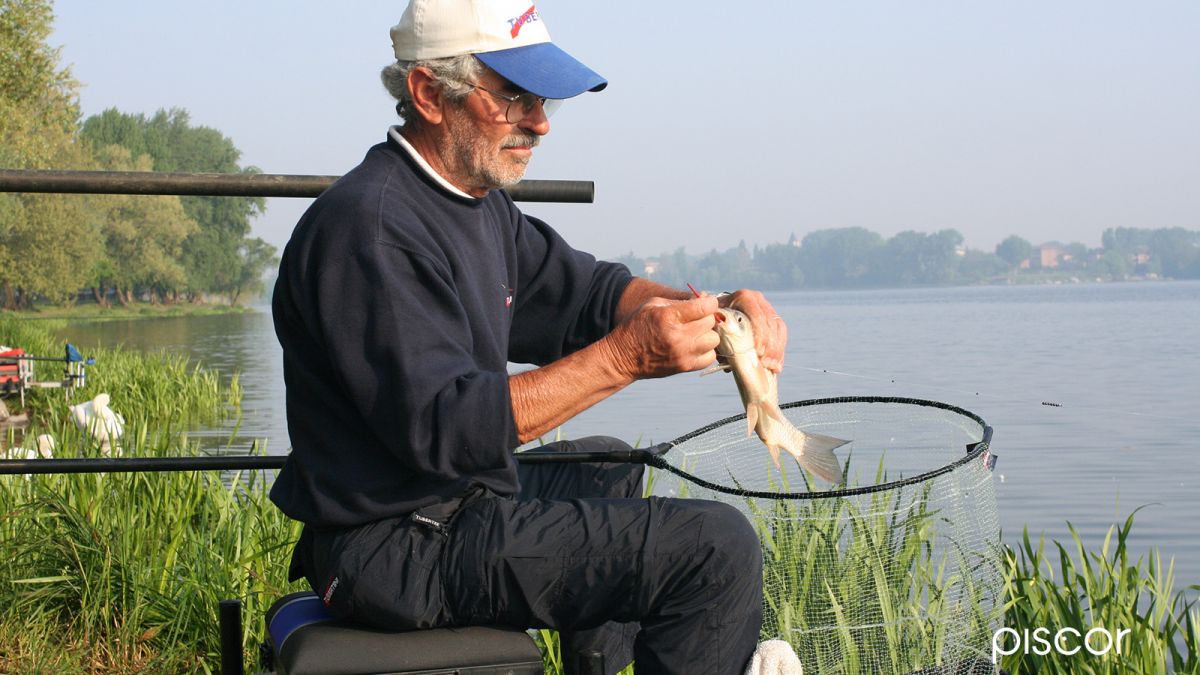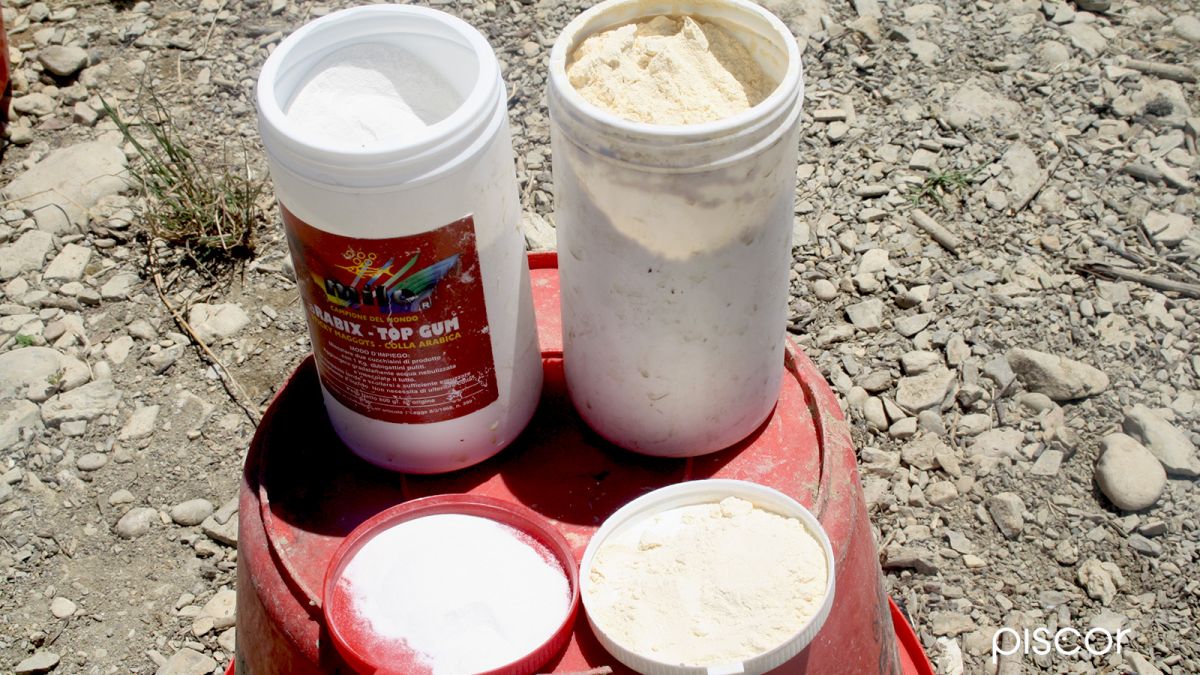New baiting strategies, new fish species and more have influenced the length of the line between tip and float, but it is the environmental conditions that determine it in an absolute way.
Let's see how to behave in situations that we most commonly find when fishing with the roubaisienne.
Different measures for different situations
There are practically only two external elements that influence the flag: current and wind, but above all the latter is the one that determines the choice of the length of this important component of the line.
Schools of thought are different and strongly influenced by local factors. One of these is the strength, direction and frequency with which the wind is present.
Another very important factor is the type of fishing technique and fish that are involved in the action. It is one thing to catch carp in an English fishery, another to try to catch chub in a river.
Let us now look at some typical situations that may occur during a fishing trip or a competition and the related measures that must be taken at the expense of the flag in order to be able to control the line well, arrive in time on the eaten and take advantage of the baiting the best way possible. To better deal with the subject we will divide it into two sections, that of running water and that of still water.
Running water and wind in the same direction
It is one of the most unpleasant situations because both causes of line disturbance are added up. The length of the flag should be about one meter because, if it is shorter, you may have problems. The wind, in fact, is difficult to be constant, indeed, it is more frequent than gusty blasts.
In this case, there is a continuous oscillation of the tip which, in part, can be cushioned by the adoption of a fairly long flag, however, what allows an almost perfect control, is the immersion of a part of the end of the rod under the surface of the water that must be proportional to the force of the wind. The stronger it blows, the more the tip has to be immersed. This also allows the flag to be drowned and, therefore, to be subtracted from the action of the air and almost completely eliminates the oscillations of the tip, which is harmful if, above all, fishing is carried out in constant retention.
Each medal, however, has its reverse. In this case, the immersion of the tip of the rod has two negative factors that must be taken into account. The first is the delay with which one arrives at the eaten, the greater the quantity of rod immersed. The second is the annoying penetration of water into the tip, which is very important with large diameter elastic outlet holes.
Be very careful, because if you are forced to immerse a lot of rod into the water, as you do when the wind is really strong, a lot of water enters that weighs heavily the end of the roubasienne and in case of retrieving a little animated, the danger of breaking the rod is very likely.
A little trick
The entry of water into the terminal part when fishing with a submerged rod delays the retrieving and seriously endangers the integrity of the tool due to the weight acquired.
Recently we have discovered a small accessory, which helps a lot to contain the problem of water entering the rod. It is an accessory that was not created specifically for coarse fishing, but for fly fishing and serves to cover the knot between the rattail and the rig.
The object in question is called Cover Node, is produced in very soft rubber, has a biconical shape with a thinner part and a squat one and is perforated in the sense of length.
Realizing with this Cover node a connector according to the photographic sequence that you see attached, if you take care to put the squat part towards the apical in Teflon glued to the end of the tip, it will close the hole preventing, or at least limiting, the entry of water. Naturally, seen the reduced dimensions of the Cover node, whole is reserved to small diameter elastics.
Running water and headwind
This is the optimal situation for a number of reasons. First of all because the wind tends to make a sort of natural hold by placing the bottom of the line in a perfect position with the bait that precedes the rest. Then because it allows you to use flags even very long (more than one and a half meters), which is great when you have to fish in shallow and clear water because they avoid showing the fish the shade or the rod itself swinging on their heads, without slowing down the time of retrieving.
The rod can be kept with the tip in the water or not, but the part of the wire that is kept out of the water, more or less long depending on how high the tip is, can be very well exploited to make the line of the perfect natural restraints or, even better, to slow down the progression of the float without the vibrations or small shots inevitable when there is direct contact between rod and float.
Still water and lateral wind
For fishermen, wind is always a disturbing factor, but sometimes it can also be of great help. For example, when the line has to be kept moving to slowly drag the bait to the bottom. Why do this with a rod movement, perhaps a bit flickering, when we can exploit the wind?
In this case, it is enough to raise the tip of the rod and expose the right amount of flag to the wind that acts as a sail and here is one of the most attractive movements especially with regard to small and medium sized fish.
On the contrary, if the bait has to be well planted on the bottom, there is no other solution than to immerse the tip in the water on the side of the wind, taking care that the float is placed exactly on the baiting point and be careful, because when the water ripples under the action of the air the perspective and the reference points change.
With the side wind, always with a view to cushioning the oscillations of the tip, it is advisable that the flag is between 80 cm and one meter in length.
Still water and wind in the face
This is perhaps the worst situation because the line is constantly being pushed towards the fisherman. If we adopt a long flag, for example one meter long and fish with a 13 meters long one, in more or less long times determined by the force of the wind, we will find the float and the line 12 meters away from us, perhaps much shorter than the baiting carried out at the beginning when there was no wind.
It is a serious handicap that can be partly offset by the adoption of a very short flag. If it is strictly necessary that the hook is exactly on the pasture, do not hesitate to cut the wire until the flag is reduced to about thirty centimeters.
You must certainly pay a little more attention when you bring out the rod to avoid tangling, but the result is absolutely worth the spark plug and with the wind in your face you do not even have the disturbance of the oscillations of the tip.
Short or very short flag to stay on the baiting area even in case of wind behind that, however, does not disturb the fishing and facilitates the action.
Very short flag: the English case
Anyone who has witnessed an international competition will not have been able to help but notice that the English fish with very small flags, sometimes below thirty centimeters. Before going into detail, we must point out one thing and that is that the now common use of the cup for baking has shortened the flag a little 'everyone.
The extreme precision that can be achieved in baiting with this now essential accessory has drastically restricted the pasture area with the consequent obligation to stand on it and a long flag means even less precision in laying the line. It is no coincidence that it was the British who adopted a very short flag some time ago.
The English fish mainly in private waters (the famous fisheries) where they mainly catch carp and large fish with small baiting, but extremely precise and varied in quality, thanks to the adoption of small cups permanently fixed on the tip. The "pickets", in these competitions, can also be tens of meters long and there is also a lot of fishing at the bank, is a fishing with the roubaisienne long even about ten meters, kept parallel to the shore, perhaps to reach a tuft of grass or to fish under a bush on the bank, under which there is a high probability that there are carp.
Four maggots at a time and three grains of corn put down with the mini-cup at each "elongated" of rod are the poor baiting to be done in these places and to make a mistake by 20 cm the position of the line may mean not catching anything. So a 20 cm flag allows you to practice a very effective technique.
Advantages
1. A very short flag allows you to have extreme precision in the laying of the line even without having to take landmarks because the range of action is extremely small.
2. The retrieving is reduced to a simple, very short lifting of the rod because you are in direct contact with the fish that gets hooked.
3. The reaction of the hooked fish will be less intense than that of a retrieve with that certain decision that sends it into panic, as is done with the long flag. So the recovery of the prey will be easier and quieter.
4. The catching manoeuvres, especially those of slow raising and lowering of the line, are much easier to perform, with much smaller movements than those made with the long flag.
Disadvantages
1. In the presence of species that can be placed at the edge of the baiting area (or just outside, as the crucian often do) the range of action is reduced and it is difficult to explore the surrounding "terrain". Let's not talk about it, then, if we are dealing with chub!
2. Wide catching manoeuvres are very difficult and less incisive.
3. In case of moving water, the explorable bottom section is very small.
4. If a strong wind is raised, due to the continuous oscillations of the peak, the control of the float is extremely difficult and the line is strongly disturbed.
5. What if, during fishing or a competition, we find that we have to put a lot of line on the bottom to catch fish if we have no more than 30 cm of flag available to raise the float?
Strong wind? Thin wire!
It may seem strange, but a few hundredths of a millimeter in diameter of the wire can be important. In a very strong wind, for example, there is a big difference between having a flag of 0.12 or 0.18. The effect of air on a thin wire is minimal even if it is only 6 hundredths of a millimeter lower than another and the drag becomes much more controllable.
So, if you are not obliged by other factors, such as the presence of very large fish, if you plan to fish in a rather strong wind, it is better to prepare the lines with wires of thin diameter.

